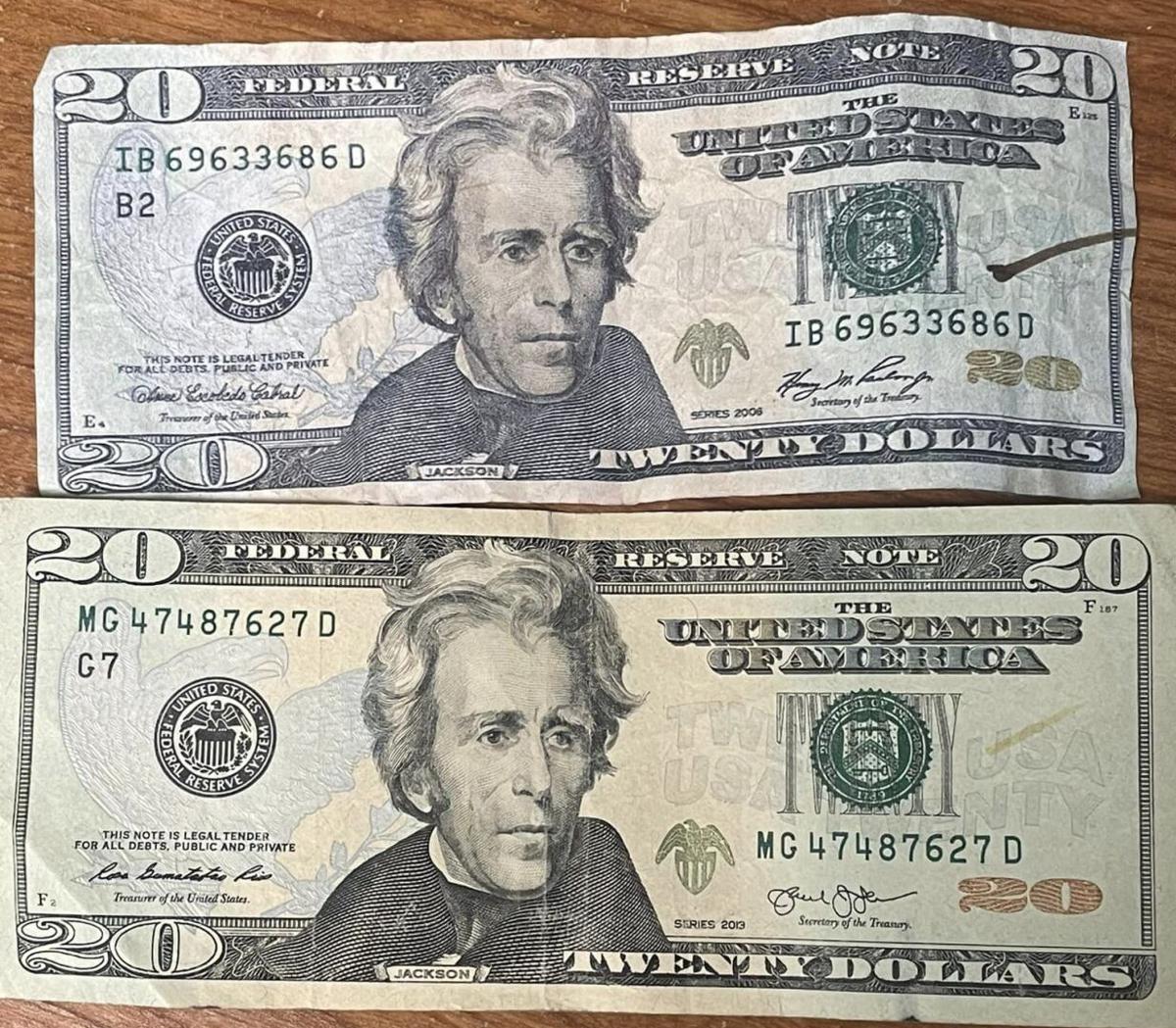Unlock Profitable Deals: Purchase Verified copyright Money up for sale Today
Check Out usings Funny Money in Artistic Creations and Theatrical Performances
Phony money, usually synonymous with deceptiveness and illegality, holds a peculiar attraction when it locates its method into the realm of theatrical efficiencies and imaginative productions. As we dig into the complex usages of phony cash in these imaginative domains, we begin to uncover a world where credibility and replica blur, prompting us to examine the very nature of value and representation within art and performance.

Historic Importance of Funny Money in Art
The historic relevance of copyright cash in art is a facility and appealing subject that sheds light on the junction of creativity, subversion, and socio-political commentary. Throughout history, artists have utilized copyright money as a tool for difficult societal norms, examining the value of currency, and making effective statements about riches and power.
Among the most remarkable instances of fake cash in art dates back to the Dada movement of the very early 20th century - copyright money for sale. Artists such as Marcel Duchamp and Hannah Höch incorporated phony money right into their works to slam the capitalist system and check out the concept of value in a swiftly altering world
In addition, throughout times of financial instability or political turmoil, copyright has actually been utilized by artists as a kind of demonstration or disobedience. By producing and flowing copyright, artists have actually been able to interfere with the condition quo, challenge authority, and prompt crucial conversations concerning the role of cash in society.
Effect of copyright on Visual Arts
By including copyright into their works, artists provoke conversations on the nature of worth, credibility, and social assumptions of wide range. The usage of fake cash in art likewise increases moral factors to consider regarding the limits of imaginative expression and the effects of reproducing lawful tender. Generally, the influence of phony money on visual arts is diverse, stimulating important representations on the junction of cash, art, and societal values.
Symbolism and Meaning in Theatrical Imitation Displays
Using theatrical copyright screens, artists utilize symbolic depictions to share much deeper significances and evoke thought-provoking interpretations within the world of performance art. Through the unification of funny money in staged manufacturings, developers can explore styles such as greed, power, corruption, and the impression of wide range. Making use of copyright on phase can work as a metaphor for societal concerns, economic differences, and the frailty of economic systems.
In staged performances, the symbolic worth of copyright prolongs past its financial worth. It can signify the misleading nature of appearances, the my explanation quest of materialistic wishes, and the effects of dishonest behavior. By utilizing copyright cash as a prop, artists can challenge target markets to examine the true definition of wide range and the honest borders that people may go across in its quest.
Ethical Factors To Consider in operation Funny Money for Art
One major ethical consideration is the prospective legal consequences of making use of funny money in art. Counterfeiting money is prohibited in the majority of countries and can result in major consequences for artists who intentionally integrate fake costs into their work. copyright money for sale. This not only puts the artist in danger however additionally increases concerns regarding advertising unlawful activities via art
Additionally, there is an ethical dilemma concerning the authenticity of the artwork itself. Making use of funny money obscures the line between truth and imitation, potentially visit tricking customers and jeopardizing the stability of the artistic piece. Musicians need to take into consideration whether using imitation cash lines up with their values and creative intents, considering the potential influence on their reputation and reputation.
Future Trends in copyright Assimilation
Thinking about the developing landscape of artistic expression, the unification of imitation cash in innovative works might witness a shift in the direction of provocative and cutting-edge opportunities. As artists continue to push borders and check out new tools, funny money could increasingly be made use of to challenge social norms, examine the worth of currency, or make effective statements about riches and consumerism.
One future trend in copyright cash combination could be its use in immersive art installations where target markets are motivated to engage with the pieces, obscuring the lines in between truth and illusion. Furthermore, improvements in technology might lead to the production of hyper-realistic funny money that is basically tantamount from authentic money, opening possibilities for much more complex and comprehensive art work.
In addition, collaborations in between counterfeiters and musicians could lead to one-of-a-kind pieces that integrate traditional imaginative strategies with the workmanship of developing copyright. However, moral considerations bordering the legitimacy and morality of utilizing copyright money in art will certainly remain to be a factor of contention as these future fads unfold.
Conclusion
In verdict, the usages of copyright in theatrical performances and imaginative developments have a lengthy history and proceed to be a source of inspiration for musicians. The combination of copyright click this money in art is likely to continue advancing in the future.
Generally, the impact of phony currency on visual arts is complex, boosting essential reflections on the intersection of cash, art, and social values.

In final thought, the usages of copyright money in theatrical efficiencies and creative developments have a long history and continue to be a source of ideas for musicians. Ethical factors to consider must be taken right into account when using copyright cash for creative purposes. The combination of copyright cash in art is most likely to continue developing in the future.